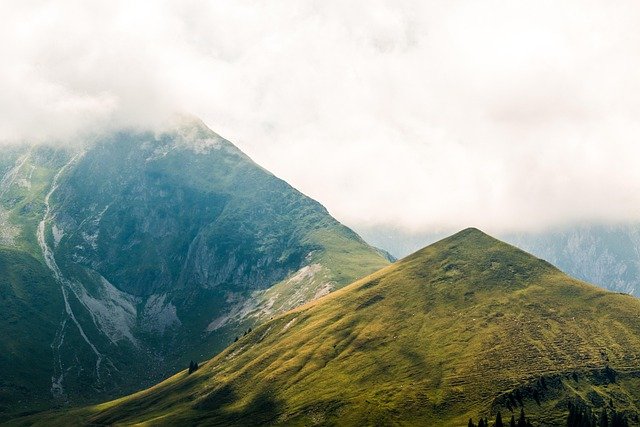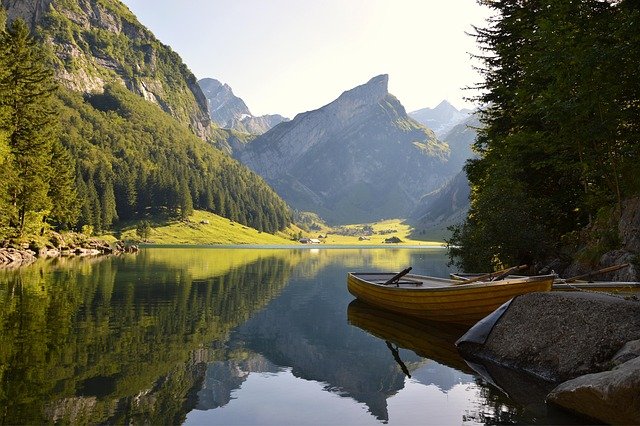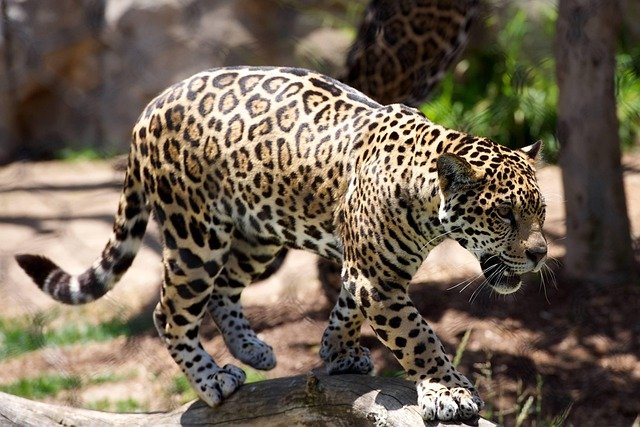As the warmth of late summer envelops Switzerland, the country's diverse landscapes transform into a photographer's paradise. The interplay of soft light, changing foliage, and tranquil waters offers unparalleled opportunities to capture nature's beauty. Whether you're a seasoned photographer or an enthusiastic beginner, this guide will help you plan your photographic excursions and discover the most captivating spots across Switzerland.
Unique Features of Swiss Landscapes in Late Summer
Late summer in Switzerland brings a unique blend of elements that enhance the country's natural beauty. The soft, golden light of the season casts a warm glow over the landscapes, highlighting the rich textures of alpine meadows and dense forests. The changing foliage introduces a spectrum of colors, from deep greens to vibrant oranges and reds, creating a dynamic backdrop for photography. Additionally, the clear skies and crisp air provide excellent visibility, allowing for sharp, detailed images of distant mountain peaks and expansive vistas.

Selecting the Right Photography Gear for Nature Escapades
Choosing the appropriate equipment is crucial for capturing the essence of late summer landscapes. A versatile DSLR or mirrorless camera with a good zoom lens (24-70mm) allows for flexibility in various shooting scenarios. A lightweight tripod is essential for stability during low-light conditions, such as early mornings or evenings. Filters, like polarizers, can help manage reflections and enhance the colors of the sky and water. Don't forget extra batteries and memory cards, as extended shooting sessions are common during these excursions.
Weekend in the Swiss Alps: Mountains and Wildflowers
The Swiss Alps offer a breathtaking combination of towering peaks and alpine meadows adorned with late-blooming wildflowers. Locations like the Riffelsee near Zermatt provide stunning reflections of the Matterhorn, while the Grindjisee offers picturesque views of the surrounding mountains. These spots are accessible via well-maintained trails and offer ample opportunities for capturing the interplay between rugged terrain and delicate flora.

Swiss Lakes in Late Summer: Reflections and Changing Colors
Switzerland's lakes are particularly photogenic during late summer. The Blausee, with its crystal-clear waters and surrounding forests, offers a serene setting for capturing reflections and the interplay of light and shadow. Similarly, the Oeschinensee, nestled in the Bernese Alps, provides a stunning backdrop with its turquoise waters and surrounding cliffs. These locations are accessible by cable car and well-marked trails, making them ideal for weekend photography trips.

Exploring Forests and Wetlands Before Autumn
Before the full onset of autumn, Swiss forests and wetlands offer rich textures and colors. The Sihlwald near Zurich, a mixed deciduous and coniferous forest, provides a serene environment for capturing the interplay of light and shadow among ancient trees. Similarly, the Verzasca Valley in Ticino, with its emerald-green waters and lush vegetation, offers unique photographic opportunities. These areas are accessible via public transportation and well-maintained trails, making them suitable for day trips.
Tips for Photographing Wildlife in Late Summer
Late summer is an excellent time to observe and photograph wildlife in Switzerland. Animals are often more active during this period, preparing for the coming winter. Locations like the Langenberg Wildlife Park near Zurich offer opportunities to photograph native species in a natural setting. When photographing wildlife, patience and respect for the animals are essential. Use longer lenses to maintain a safe distance and avoid disturbing their natural behavior.
Discovering Villages and Countryside for Authentic Shots
Swiss villages and countryside offer a glimpse into traditional life and provide authentic photographic subjects. The village of Grimentz in the Val d'Anniviers, with its traditional wooden chalets and surrounding alpine scenery, offers picturesque compositions. Similarly, the Lavaux Vineyard Terraces along Lake Geneva provide a blend of cultural heritage and natural beauty, especially during the late summer harvest season.

Planning Your Photography Itinerary for a Successful Weekend
Effective planning is key to a successful photography weekend. Research your chosen locations to understand the best times for lighting and the accessibility of trails. Consider the weather forecast, as conditions can change rapidly in mountainous regions. Allocate time for both sunrise and sunset shoots to capture the golden hours. Ensure you have the necessary permits or passes for national parks or protected areas.
Post-Processing: Enhancing Your Late Summer Images
Post-processing allows you to bring out the best in your photographs. Adjusting white balance can correct color temperatures, especially in shaded areas. Enhancing contrast and saturation can make the colors of late summer foliage more vivid. Be mindful of over-editing; the goal is to enhance the natural beauty of the scene without altering its authenticity.
Resources and Communities for Sharing Your Nature Photography Passion
Engaging with photography communities can provide inspiration and feedback. Platforms like Flickr and Instagram host groups dedicated to Swiss landscape photography. Local photography clubs often organize outings and workshops, offering opportunities to learn and share experiences. Participating in these communities can enrich your photographic journey and connect you with like-minded individuals.
Embarking on a photography adventure in Switzerland during late summer offers a wealth of opportunities to capture the country's natural beauty. With careful planning, the right equipment, and a keen eye for detail, you can create compelling images that reflect the serene and vibrant essence of this season.
 Français
Français
 English
English
 Deutsch
Deutsch
 Italiano
Italiano